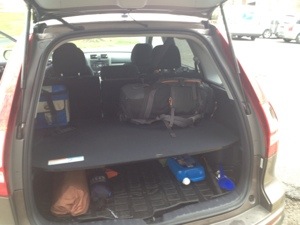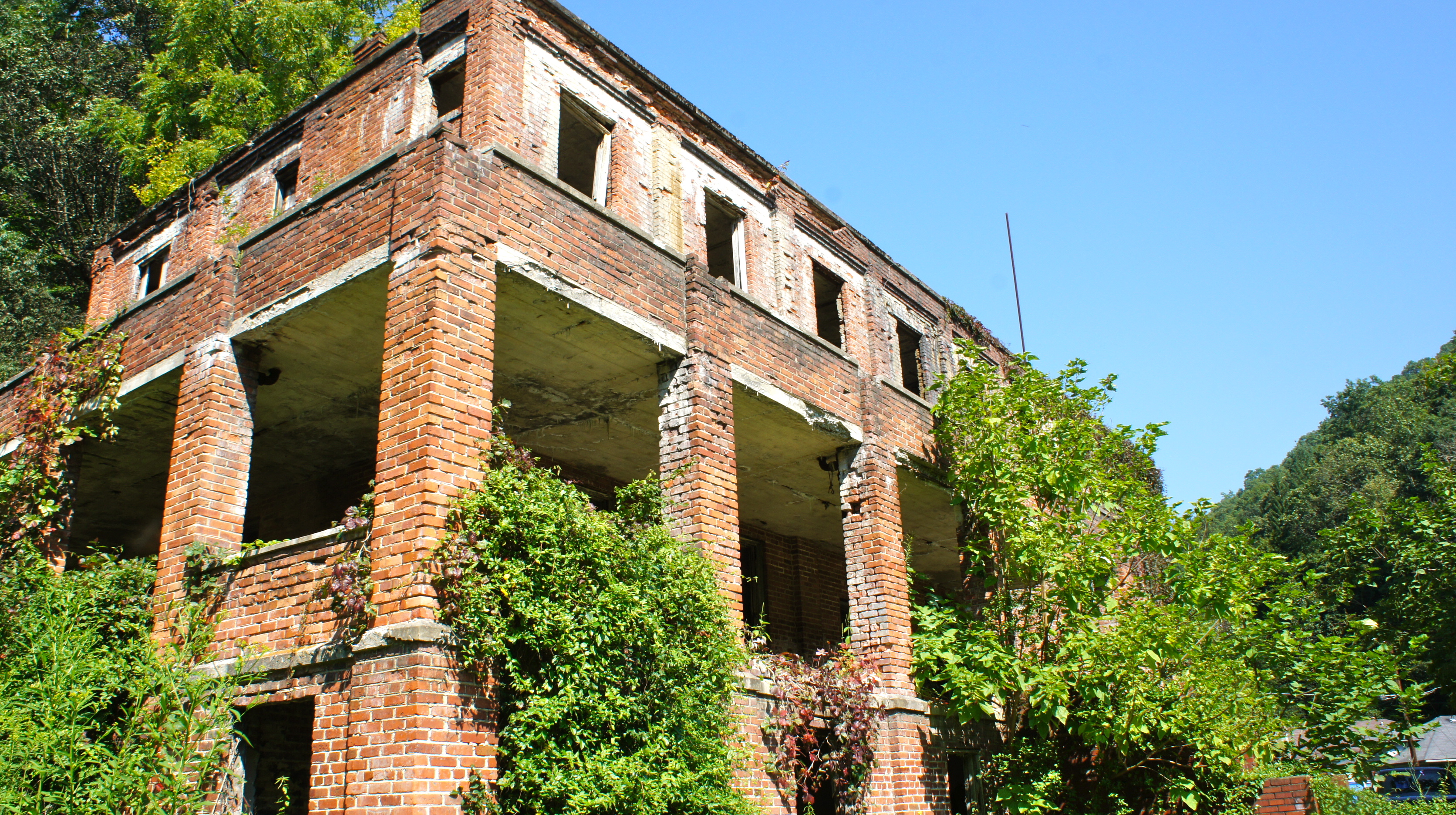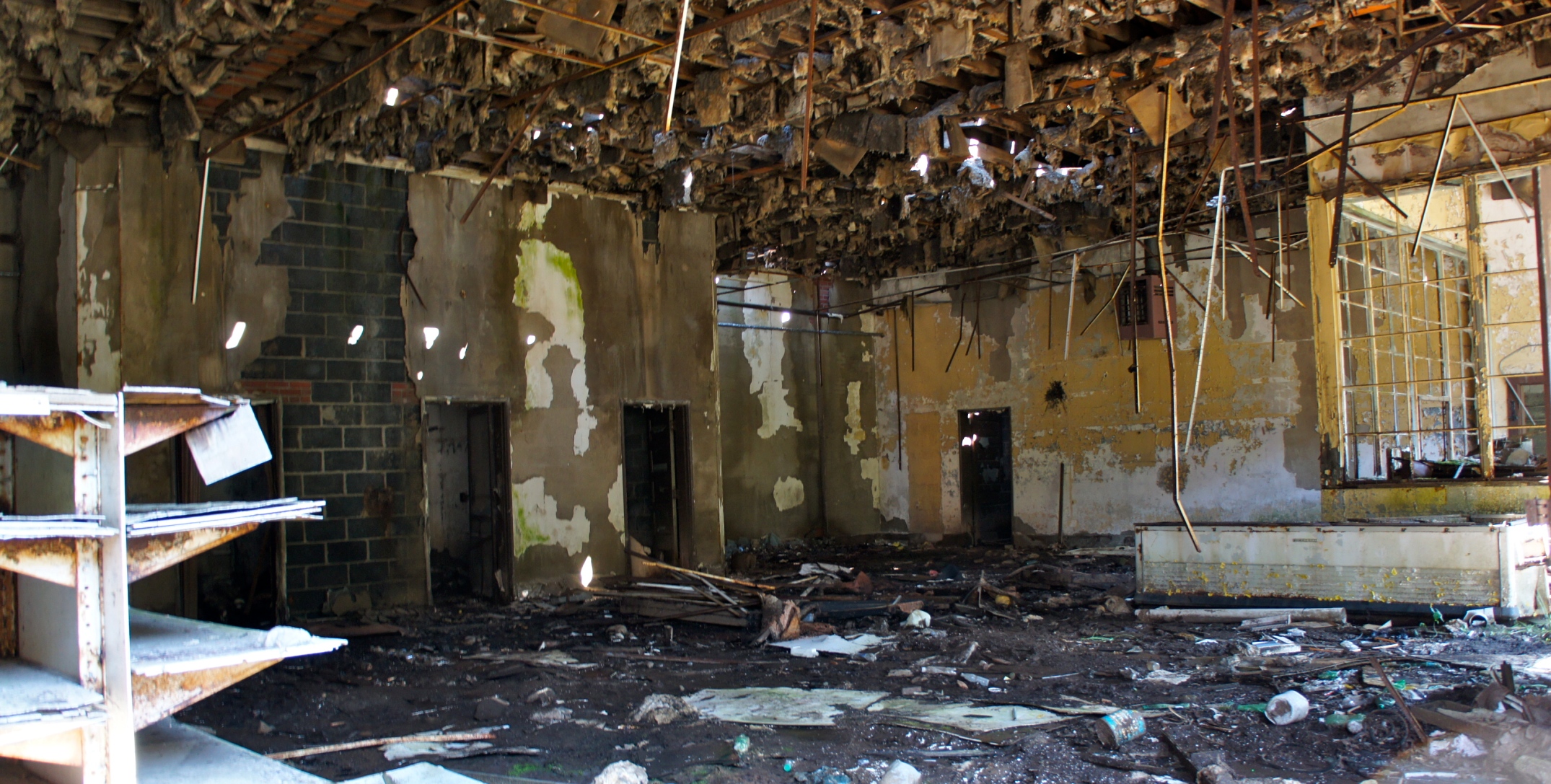In the shower stalls of the hostel I was staying are signs that read, “do not leave item’s in shower, it isn’t yours.” And on the kitchen sink, “wash your dishes, this isn’t your mother’s house.” It’s these types of signs that are everywhere now, it seems. Is the average person so careless or so insidious with their dirty dishes, a smug sign is warranted? I suppose so, because I left my things in the shower (they’re still there now, I presume) and my dish in the sink, because I, a walking, talking and somewhat respectable human will not be talked down to by a sign.
Of course, I just perpetuated this vicious cycle, and I suspect those signs are warranted in a hostel environment 1; they suffer from what hotels do: the “it’s not mine, so I don’t care attitude.” At any rate, I checked out of the demeaning, yet well-decorated hostel around 9:30 after feeding the parking meter and headed down North Lexington for something to wake me up. I found Izzy’s, where I had mate (pronounced ma-tay) in a way that I haven’t had before, but all around still tasted like it should: grass, but the kind that has recently been through the digestive system of a cow. Something strange about Izzy’s though: couldn’t find a proper newspaper anywhere in the place. I planned on scouring the morning edition for the general vibe of the town. I suppose that very vibe was evident by the lack of a newspaper.
I had several hours to kill before a friend I was meeting east in Mooresville got off work, so I hopped in the car and headed for Pisgah National Forest about 45 minutes south. Pisgah is quite big, over 500,000 acres and contains Mt. Mitchell, the 6,000 footer and largest mountain east of the Mississippi. I pulled into the parking lot of the fish hatchery. There were a handful of fly-fisherman, either readying their equipment or already fishing in the stream between the lot and the road downstream from hatchery water pipe. This, I thought, was a bit strange. Was it cheating to fish by a hatchery? What I choose to believe is that this was a fisherman rehabilitation center, for those who have gone so long without a catch, they are descending into madness. A place for a pity catch, so to speak. Just by the placard explaining the types of trout found there was another one explaining that the Organization of Concerned Fisherman constructed this hatchery and stream access for those very trout-less bastards. Poor guys.
I took the John Rock trail, named after a apparently revered horse that fell of the cliff face at the precipice of the trail. Small streams crisscrossed the path as it side-winded up the mountain between patches of rhododendron. By the streams, the temperature would drop suddenly, before warming up as the each stream faded behind. And then, after only a moderate 1.5-mile climb, small paths –bushwhacked, as they are called—jut out from the main trail, and on those you will reach the vista of John Rock.

If you follow those hills up to Tennessee you may find a forgotten people called the Melungeons. Now, besides having an unseemly name, the Melungeons are an interesting group of people. I originally read about them in the great travel book by Bill Bryson, The Lost Continent: Travels in Small-Town America. Our history books detail the first English colony disappearing from Roanoke shortly after they arrived in 1587, but how or why has remained one of the more interesting mysteries in American history. One theory is they moved into to the hills of Appalachia. Fifty years after the disappearance of the colony, an English expedition got reports from Cherokee Indians of a strange group of pale people living in the hills. Alas, the group was never found. And no one really remembers where the Melungeons come from, including the Melungeons themselves. Thus it has been hypothesized that they are the missing part of the puzzle. Either way, they are fascinating: they have the general build, names, eyes and facial hair of English descent, but have dark complexion. They’ve been described, rather obviously, as “black white people.” And they mostly just stay up in the mountains. This is, needless to say, a quirk of Appalachia.
As I came back down the mountain, some passerby wished me a “happy first of the year hike.” I looked at my watch and realized it was nine days into the New Year and I’ve already hiked. And up to that view. Guess I have the whole year to top it. The rest of my trip was both short and short on anything interesting worth talking about 2, because I had to come back home for some things that needed my attention.
After a few days in Mooresville, I took I-77 all the way back, cutting of Tennessee in the process. Somewhere around the Jefferson National Forest, there was a humorous incident where I mistakenly stayed in the right lane while approaching a semi that had pulled over for repairs. For my injustice, the trucker, who was walking down the length of the trailer, gave what I will call the “international jerk-off” gesture. Quite funny, and I deserved it; got to follow the rules of the road. Which brings me to my lesson from the trip, and it is a valuable rule of the road: proper planning prevents poor performance. The allure of random travel is irresistible, but there must be some general structure for a trip or a theme, something to give the trip some semblance of organization. Or you’ll end up being the gesture that trucker gave.
1No, I didn’t really leave my things in the shower and my dishes in the sink. But I wanted to.
2 It’s arguable that nothing here was worth talking about.


































